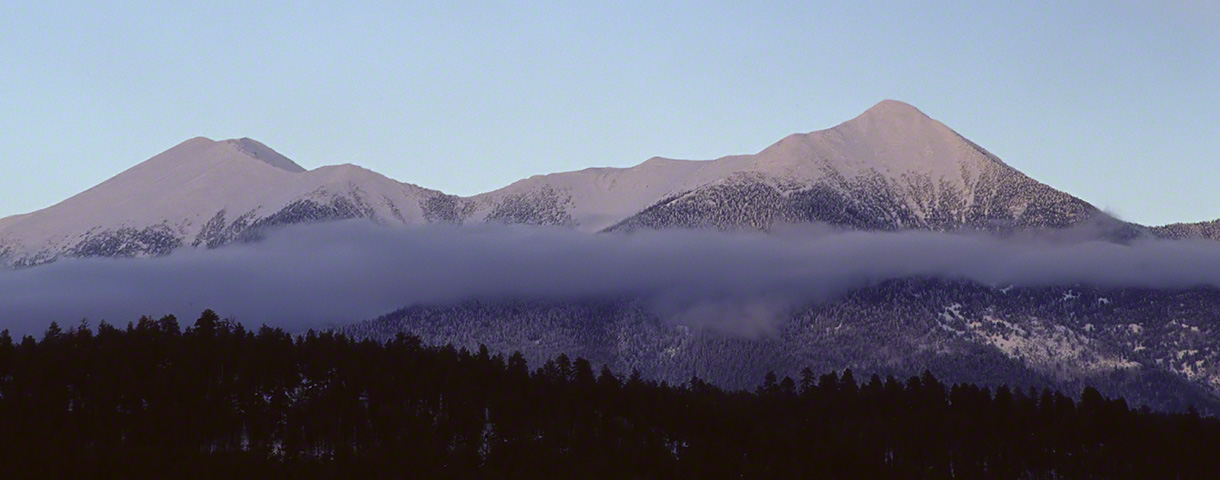We had a break in the summer monsoon resulting in several nights of clear skies. I took advantage of the weather to do some astrophotography. I had a few targets in mind and settled on the North American Nebula and Pelican Nebula located in the constellation of Cygnus.

I ended up at Sunset Crater Volcano National Monument because of the very dark skies there (they are an International Dark Sky Park) and because of the nice parking lot for setting up the photography gear. Once everything was set up, I pulled out the camp chair and relaxed looking up at the sky while the camera was busy taking photos. While staring at the stars I saw a bright meteor move through the constellation Cygnus. Checking the camera I was happy to see that the meteor had been completely captured in the field of view.
I captured 77 images each 60 seconds in duration. After grading the images I ended up with 70 usable images for stacking. I used Starry Sky Stacker for the alignment and stacking and rnc-color-stretch for the post processing to bring out the colors and detail.
I’ve taken photographs of the North American Nebula twice before (2019, 2020) but this was the highest quality set of images and it had the meteor. A successful evening.
Nikon D750, Nikkor ED 180mm f/2.8 AIS, 70×60 seconds, ISO 1600, f/4.














